The Vestal was dedicated to chastity and responsible for maintaining the sacred fire .
Vesta is the goddess of sacred fire and the hearth .
Bust with nuanced brown patina resting on a green marble pedestal .
Signature of the sculptor "CLODION" , hollow , on the back of the bust .
Old edition bronze , period second part of the 19th century .
Very good state of conservation and patina .
Sizes : 33 cm x 20.5 cm
Claude MICHEL - Clodion (1738-1814)
Clodion , pseudonym of Claude Michel , was one of the most prolific French sculptors of the 18th century .
Formation and Roman years :
Born in Nancy on 20 December 1738 and died in Paris on 29 March 1814 , he was one of the main exponents of the Rococo style .
In 1755 , he entered the Paris studio of the sculptor Lambert Sigisbert Adam , his maternal uncle .
When Adam died in 1759 , he enrolled as a pupil of Jean-Baptiste Pigalle .
On 1st September 1759 , Clodion won first prize for sculpture with a bas-relief depicting "Absalon" , who kills his brother Amnon. who kills his brother Amnon during the feast , which has now disappeared .
From December 1759 , he was a boarder at the Royal School for Protected Pupils .
On 6 August 1762 , he received his patent for the Académie de France in Rome .
A brilliant modeller , he produced small subjects in terracotta , which were later produced in bronze .
One of his first masterpieces was Minerva (1766, New York, Metropolitan Museum of Art) .
This stay provided a favourable environment for him to develop the artistic and literary culture to which his uncle Lambert Sigisbert Adam had exposed him .
Clodion distinguished himself by his charm and elegance , both as a modeller and as a marble cutter .
In 1766 , he was commissioned to create a marble group for the Duc de la Rochefoucauld , and in 1768 a Vestal for Catherine II of Russia .
He decided to extend his stay in Rome beyond the prescribed three years and did not leave until March 1771 .
Career in France and second trip to Rome :
In 1773, he showed a selection of works at the Royal Academy of Painting and Sculpture, thus obtaining his agrégation .
In August 1773 , he exhibited plaster models of Jupiter , Hercules , The River Scamander dried up by the fires of Vulcan , a sketch for a funerary monument and antique-inspired bas-reliefs at the Salon .
Between 1773 and 1774 , he went to Rome for the second time , where he produced delicate terracotta bas-reliefs .
He took advantage of the trip to collect blocks of marble for his commissions for the rood screen of Rouen Cathedral , and for the Galerie de l'Hôtel de l'Abbé Terray .
His career took off after the accession of Louis XVI in 1774 .
Clodion established himself in the world of wealthy amateurs , building private mansions in the new districts of Paris .
He executed important bas-reliefs for the architect Alexandre Théodore Brongniart , including the Triumph of Galatea for Bouret of Vézelay .
In 1782 , he executed two stucco friezes for the courtyard of the Hotel of Bourbon-Condé , as well as a decoration for the bathroom of the Hotel of Besenval .
In 1778 , Clodion received his first royal commission for a portrait of Montesquieu seated , as part of the series of "Great Men of France" planned to adorn The Grand Gallery of the Louvre .
Twenty-seven statues were made for this project , but were never installed .
In 1781, he married Catherine Flore Pajou (1764-1841) , daughter of the sculptor Augustin Pajou and Angélique Roumier, and sister of Jacques-Augustin-Catherine Pajou ; they divorced in 1794 .
Clodion continued to produce light , virtuoso works until the Revolution .
His clientele was such that he no longer needed to exhibit at the Salon before 1801.
He kept a low profile during the Revolution , but contrary to a persistent legend , did not retire to Nancy .
His career took off again from 1795 and during the Empire .
He continued his production of brilliant terracottas , alongside prestigious , sometimes monumental commissions .



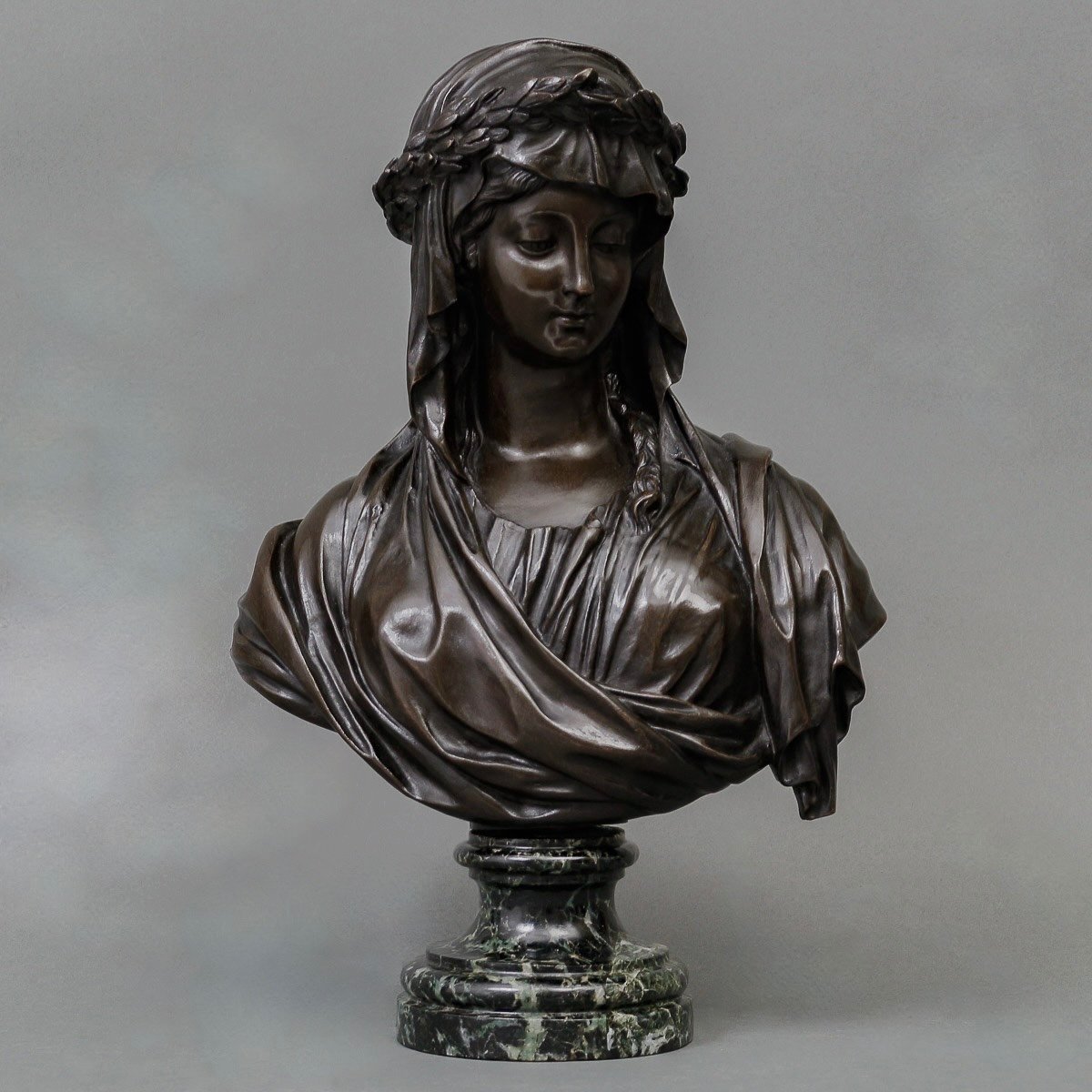
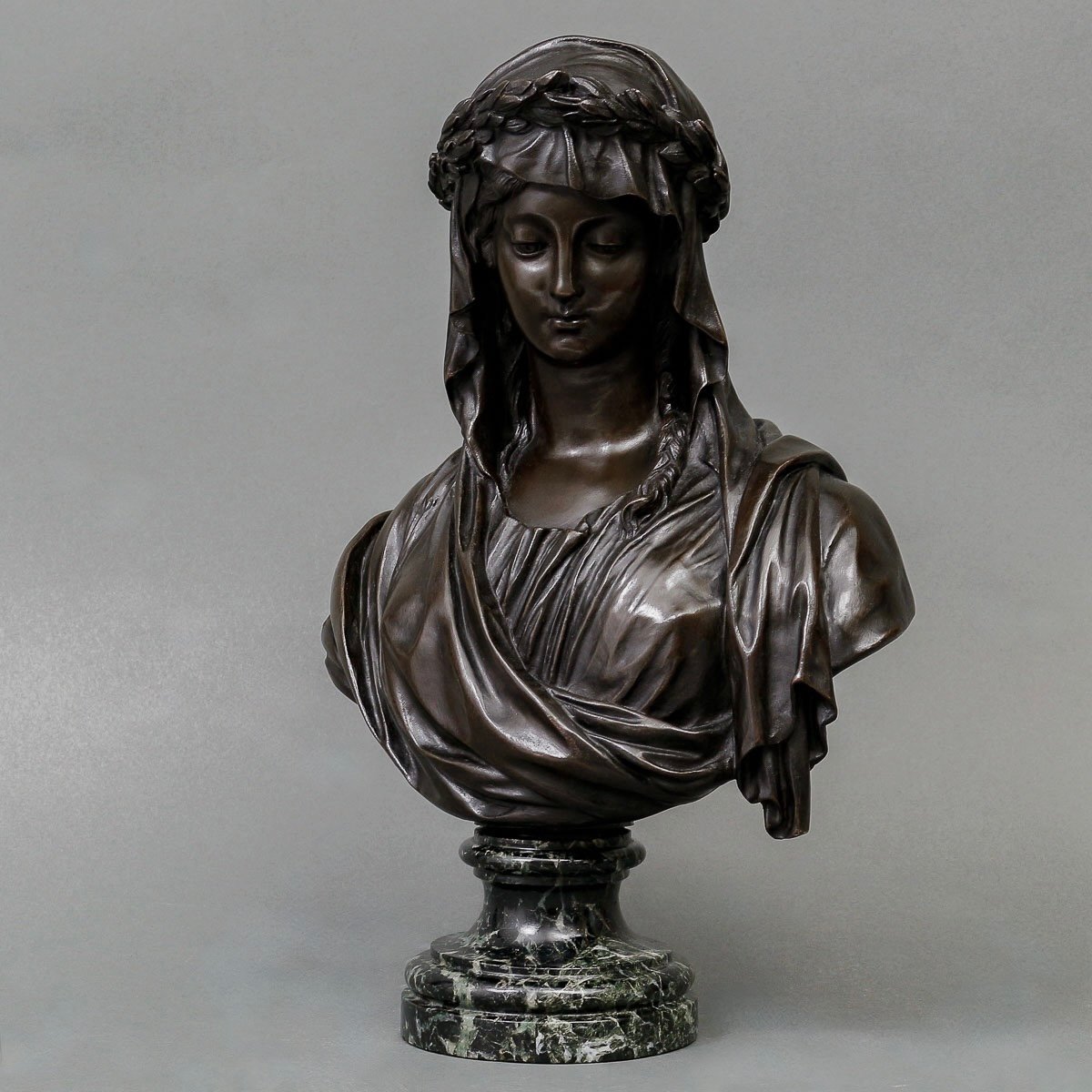
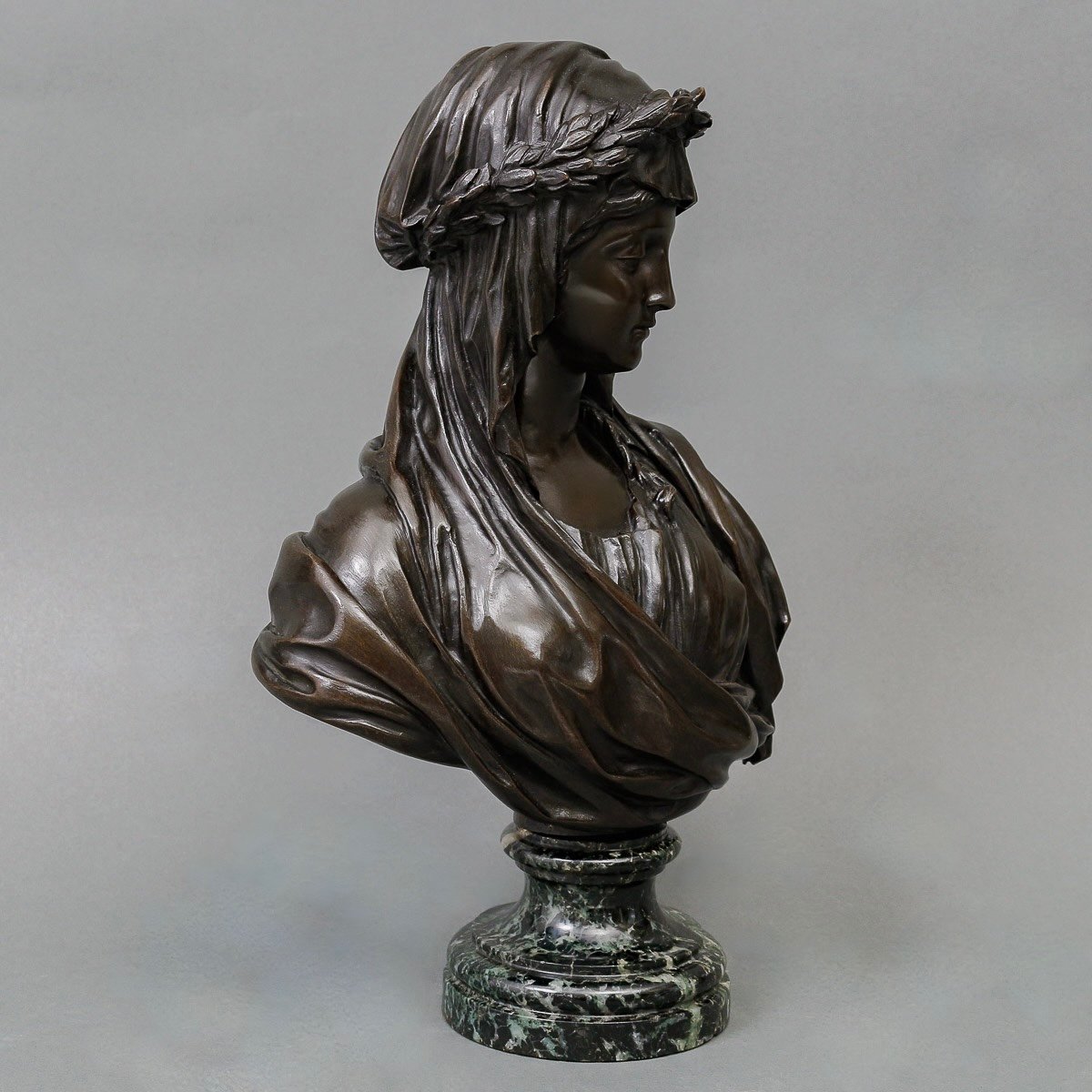
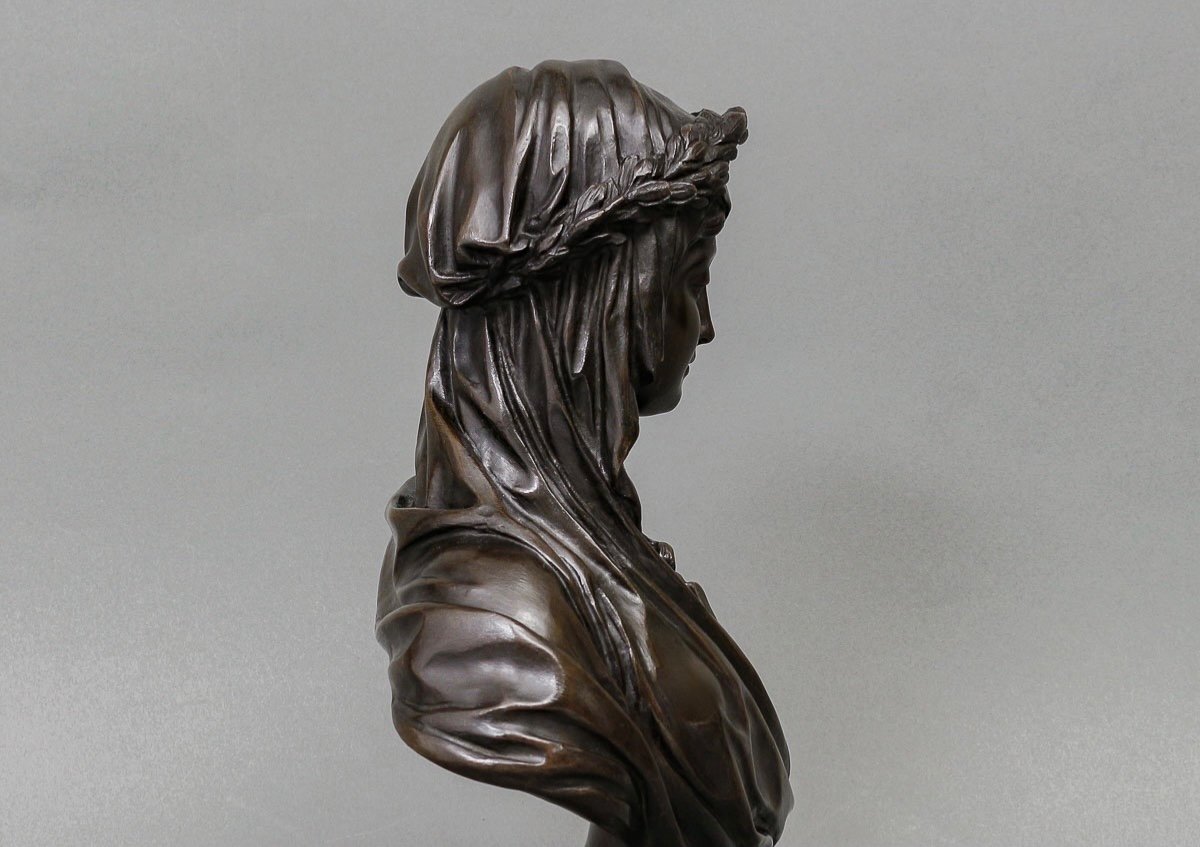
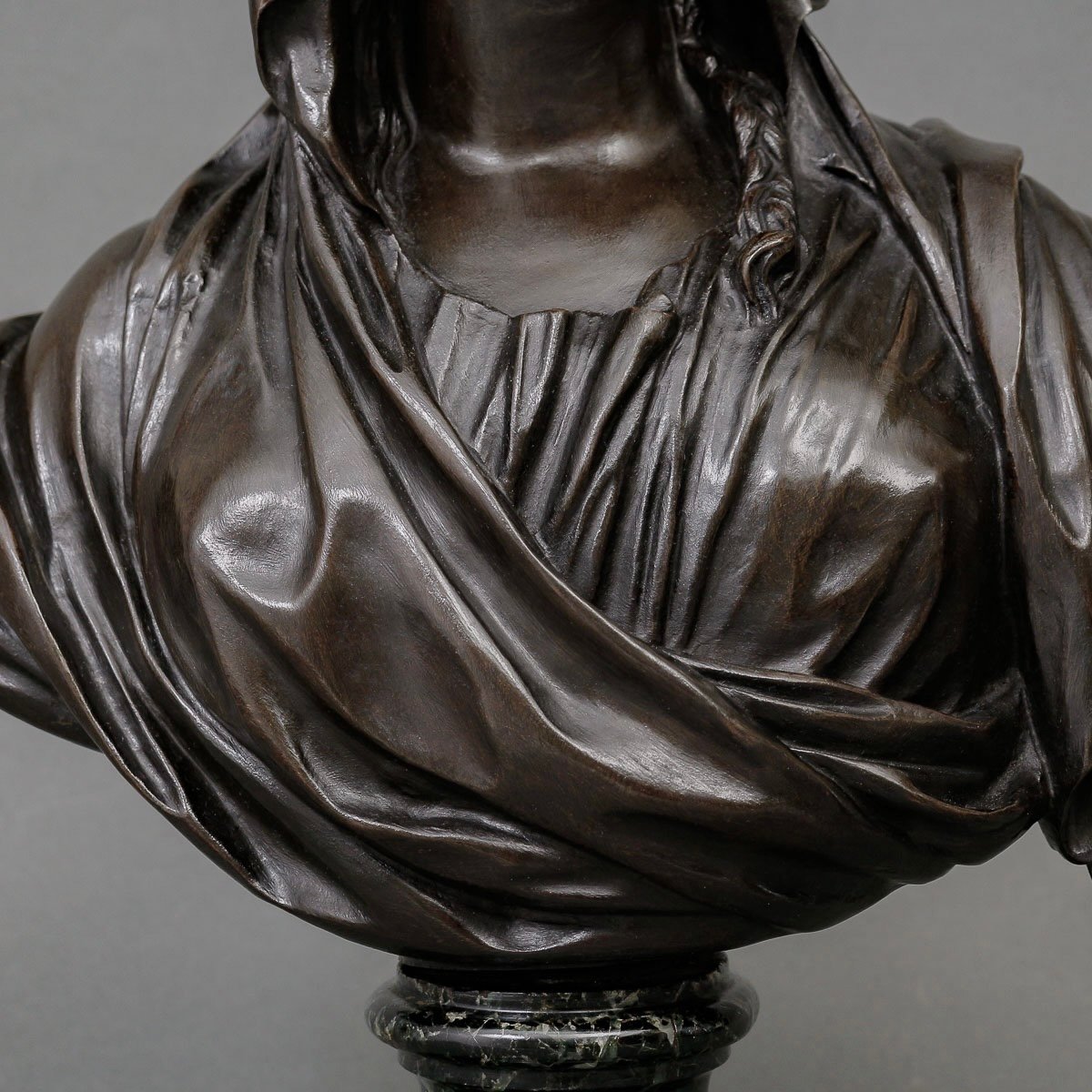
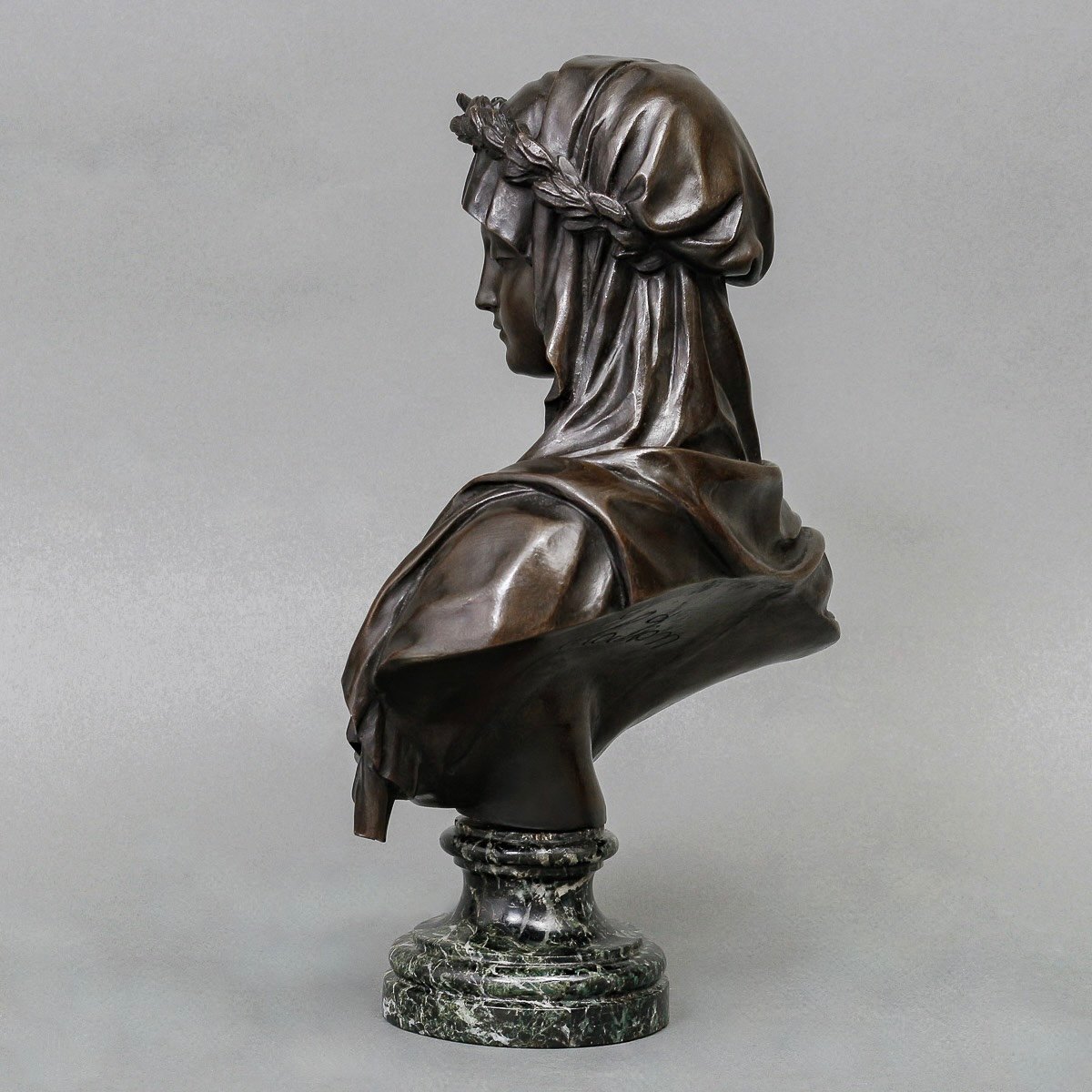
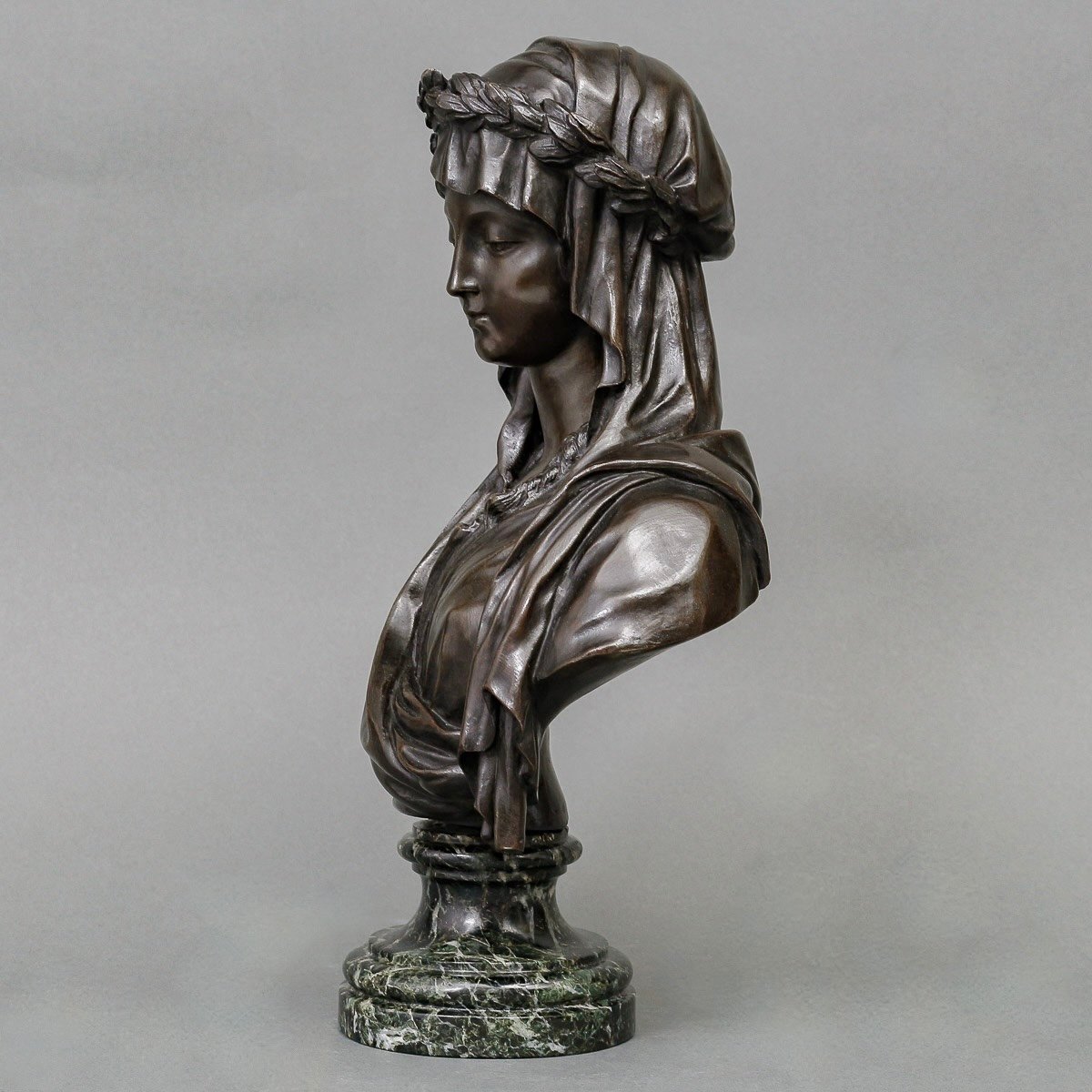
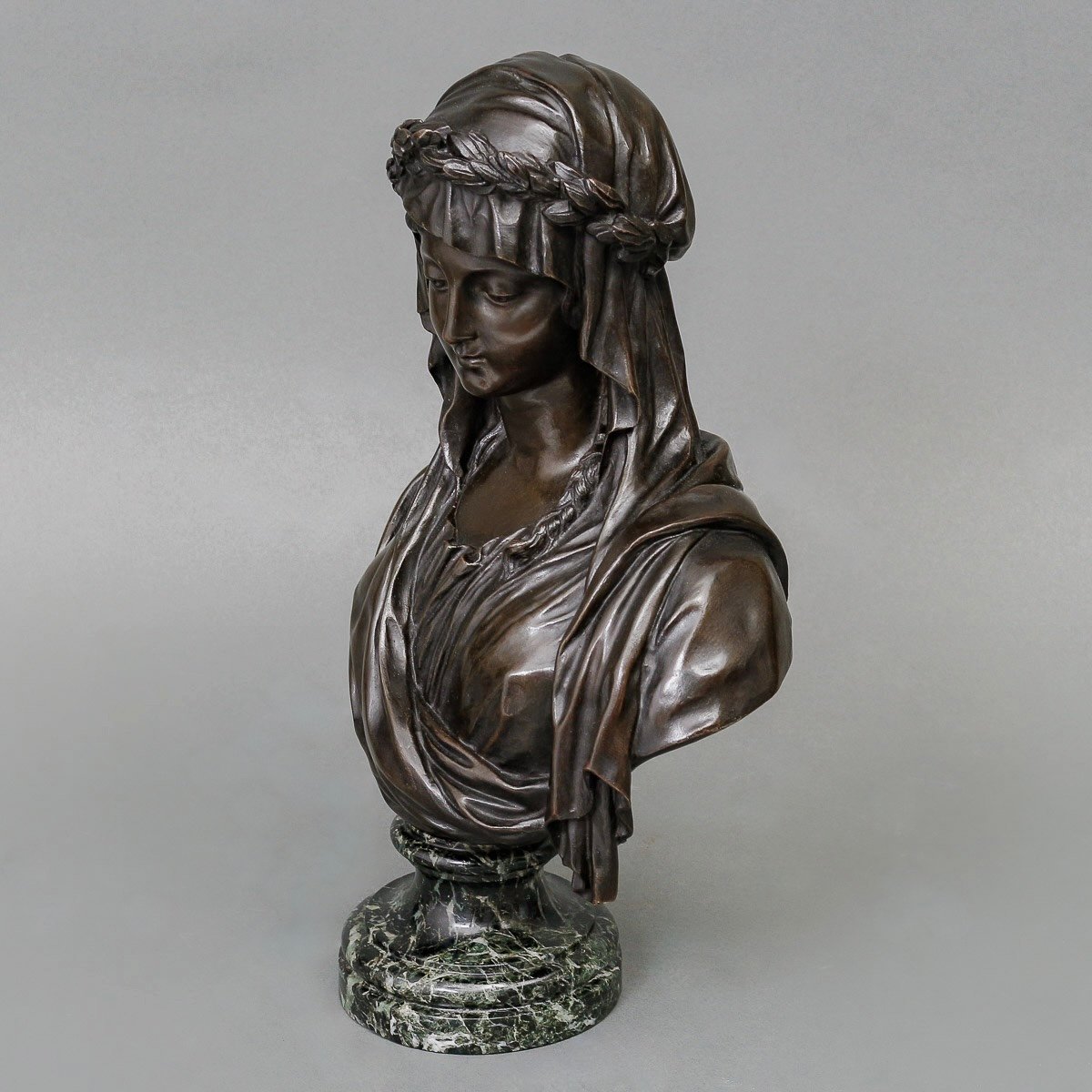
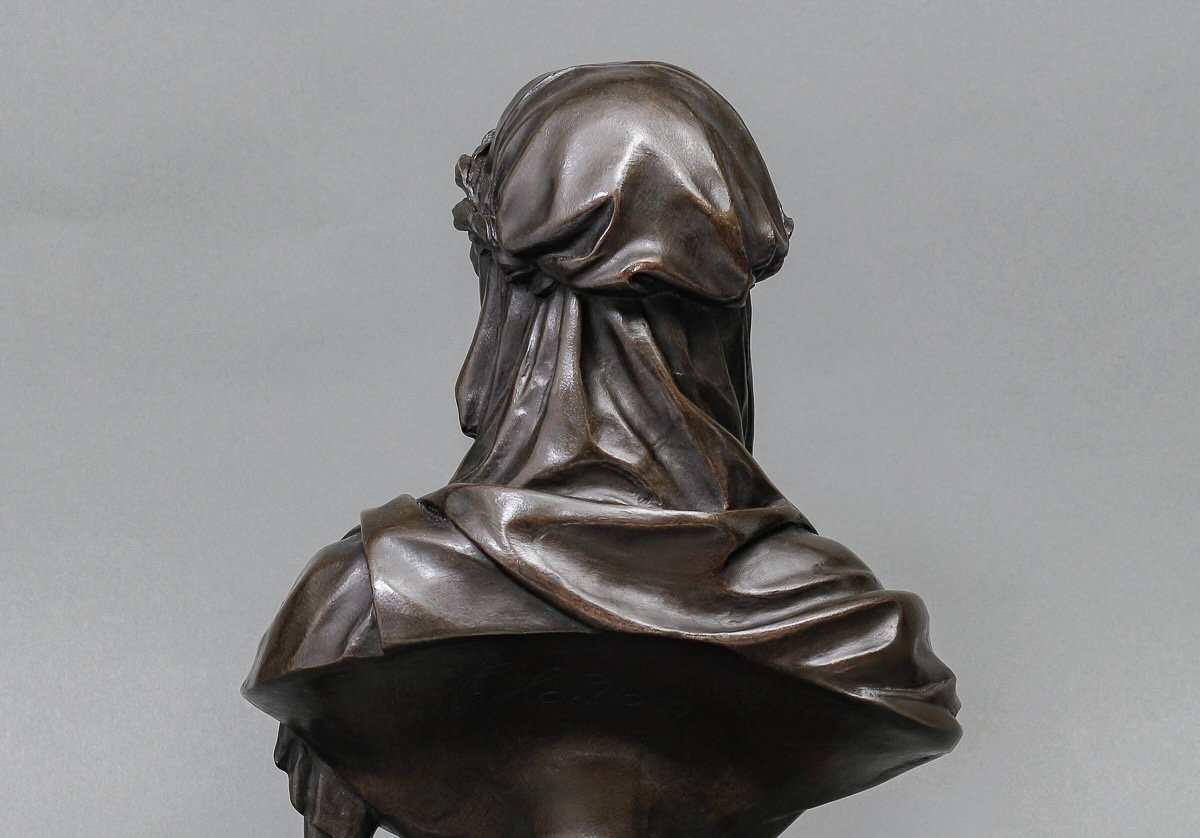
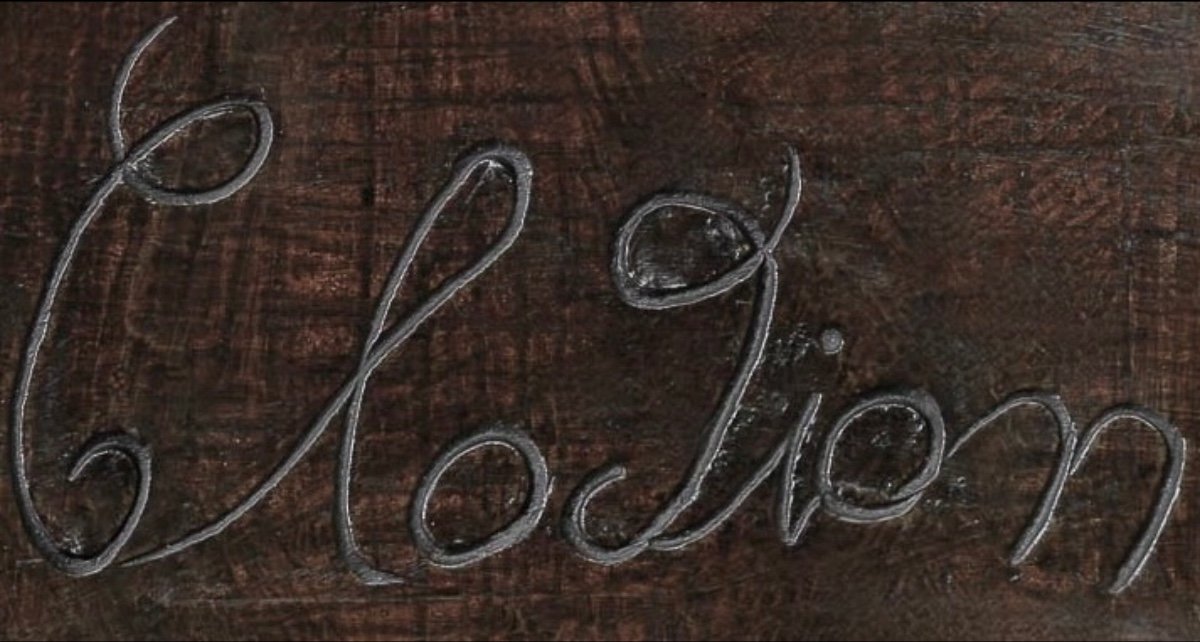






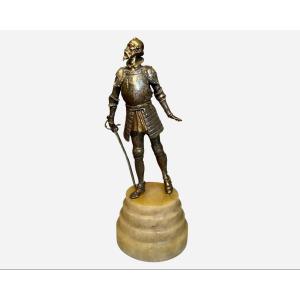



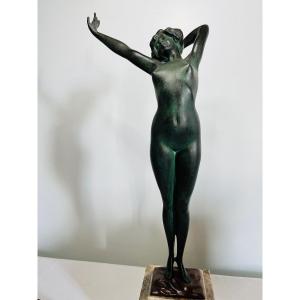
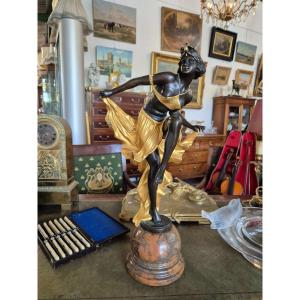



 Le Magazine de PROANTIC
Le Magazine de PROANTIC TRÉSORS Magazine
TRÉSORS Magazine Rivista Artiquariato
Rivista Artiquariato
